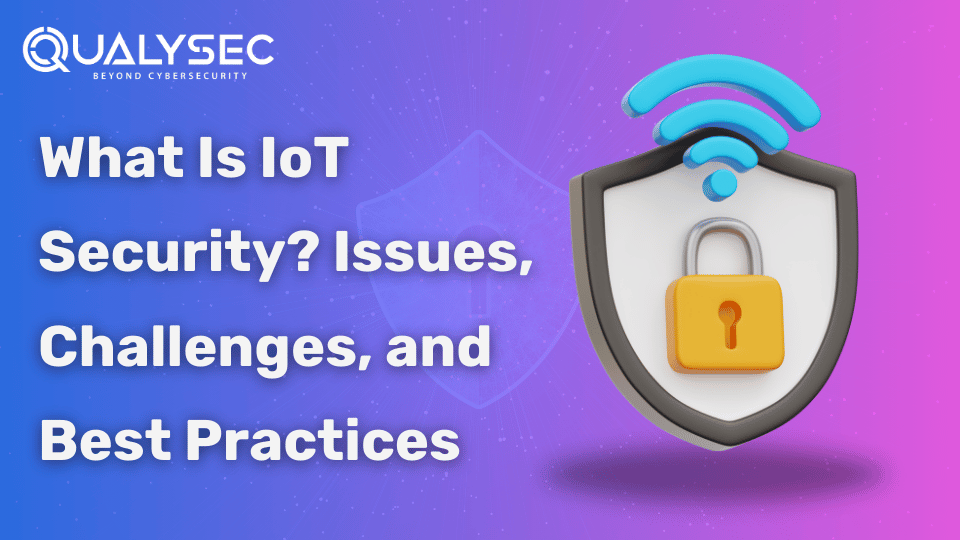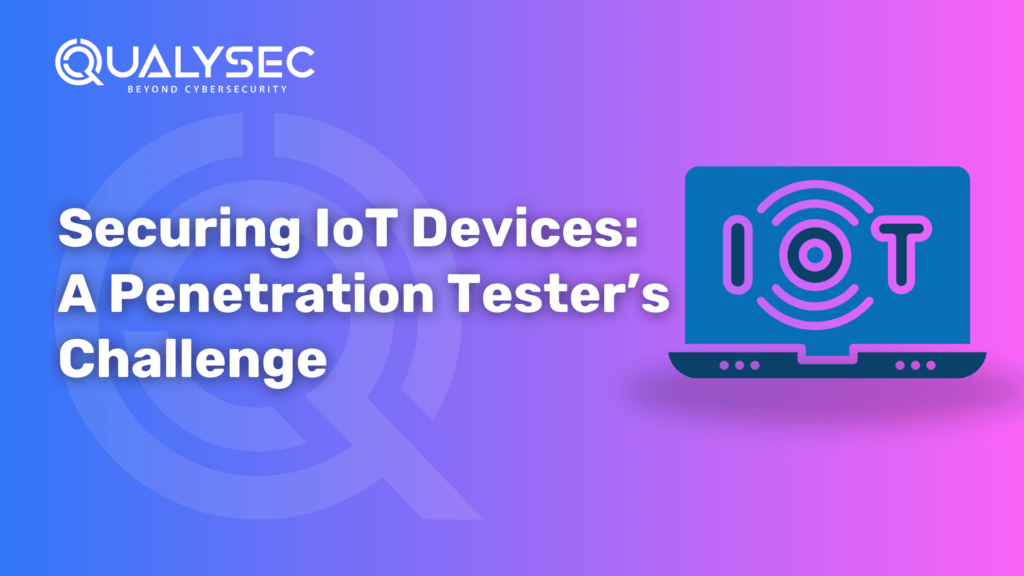What is IoT Security in Cyber Security and How Does it Work?
The advent of the IoT has led to changes on how Australians live and work. With the IoT devices turning into the drivers of the industries, comprising smart cities and healthcare, the necessity to explore the subject of the IoT security within the framework of the cybersecurity has never been as urgent as now. In 2024, Australia reported more than 1,113 data breaches reports, which represented a 25 % increment compared to the previous year. By the end of 2024, more than 18.8 billion IoT devices were worldwide, representing almost 75 percent of all connected devices. Due to the intimate IoT integration into highly sensitive facilities like hospitals, utilities, and supply chains, poor IoT security can bring whole networks to their knees. This blog discusses the practical meaning of IoT security in cybersecurity, the major categories of security, gives practical examples, and explains how the whole thing works in the context of the Australian constantly changing threat environment. What Is IoT Security in Cybersecurity? IoT security in cybersecurity refers to the practices, protocols, and technologies used to safeguard internet-connected devices and the networks they operate on. Such devices tend to be smart meters, sensors, wearables, and industrial equipment. They all provide potential points of entry for threat actors. Due to the fact that most IoT devices are lightweight and specialized to perform one task, they tend not to have onboard security. Because of this, they are susceptible to compromise by means such as: IoT device security mitigate these threats through secure booting, firmware integrity checks, encrypted communication, and device authentication. IoT security in regulated industries, such as healthcare and energy, will also have to comply with data protection laws, such as the Australian Privacy Act and industry-specific models, such as the Essential Eight. By covering the whole lifecycle of IoT devices from provisioning and connectivity to decommissioning, organizations can steer clear of blind spots that result in breaches. Learn how leading businesses are adapting their strategies to secure digital assets in the age of IoT. Why IoT Matters in Australia IoT adoption is gaining speed all over Australia, particularly in smart homes, utilities, agriculture, and transportation. With more devices going online, it is becoming essential to secure them, not merely for privacy, but also for public safety and business continuity. Following are the reasons IoT security is of special significance in Australia: By tackling these particular challenges, Australian companies can remain one step ahead of the threats and ensure that innovation is not at the expense of security. A tailored security risk assessment can help Australian enterprises prioritize their most vulnerable IoT endpoints before attackers do. Read our latest guide on IoT Security Audit. Types of IoT Security IoT security is not a single, monolithic solution. Defending connected devices demands layers of protection. These are the primary IoT security risks methods, each addressing various elements of the threat profile: 1. Device Security 2. Network Security 3. Cloud and Application Security 4. Data Security 5. Identity and Access Management (IAM) Latest Penetration Testing Report Download How IoT Security Works IoT security testing works based on the protection integrated into all parts of the lifecycle of a device, namely its deployment, usage, and retirement, as well as all channels of communication utilized by the devices. It integrates hardware-based controls, software-defined limitations, network segmentation, and cloud-level policies into a single unit. And this is how it works in reality: 1. Secure Identity Provisioning During the onboarding process, a device receives a digitally unique identity, e.g. a certificate or cryptographic key. This makes all the communication trusted and verifiable. 2. Continuous Authentication, Authorization There should be repetitive verification of the identity of devices and users, particularly when sensitive operations are to be carried out. This restricts access and keeps a tight control over functionality of devices. 3. Observing the behavior of Devices Baseline behavior is established for each device. Deviations of any kind, whether that is an unusual amount of data or a change of IP address, will sound alerts or automatic isolation to further risk. 4. Firmware and over the air (OTA) updates Security patches are deployed to devices wirelessly. Such updates are signed and validated to ensure that they are not compromised prior to installation. 5. Integration with Threat Detection Systems SIEM or SOAR platforms are fed with logs and behavioral data by IoT environments. This provides real time observation capability, improves the speed of anomaly detection, and allows automated counter measures such as shutting down of compromised end points. 6. Secure Decommissioning When a device comes to end-of-life, it is appropriately wiped, deactivated in networks, and its credentials are revoked to annul any outstanding security threat. The internet of things security does not simply mean the security of devices separately. It is also concerned with preserving integrity of the whole network and denying the move of attackers through interconnected systems. Common Vulnerabilities & Breaches Despite the layers of defense, IoT ecosystems still are susceptible to some common vulnerabilities. Such weaknesses are usually realized due to negligence during manufacturing of these devices or improper installation of security measures or even negligence in long term device care. The major vulnerabilities are: 1. Hardcoded Credentials A lot of gadgets continue to be sold with default usernames and passwords. Otherwise, hackers can easily take control by using default credentials which are openly available on the internet. 2. Insecure APIs API is often used in IoT devices to connect to a cloud platform. Improperly implemented or not authenticated APIs may serve as the entrance points to remote attackers. 3. Outdated Firmware Appliances usually operate on unpatched software. This gives threat actors a chance to exploit known bugs even after fixes have been released. 4. Lack of Encryption for Data in Transit Plain text IoT Some IoT implementations send sensitive information over plain text. This data can be intercepted and altered, without encryption. 5. Overexposed Interfaces Unused open ports or interfaces such as Telnet and FTP are usually left open.






